Fiber optic cables provide versatility and durability in a wide range of applications and are critical for ensuring high reliability, high speed , high bandwidth, high security, low latency, and future-proof. Outdoor Fiber Optic Cables are designed strong to protect the fibers to operate safely in a complicated outdoor environment.
What is Outdoor Fiber Optic Cable?
Outdoor fiber optic cable is a type of fiber optic cable used for outdoor applications. The cable usually has a thick outer sheath, armoring element, and strength member, and is designed to withstand rough handling, adverse weather, and harsh environments.
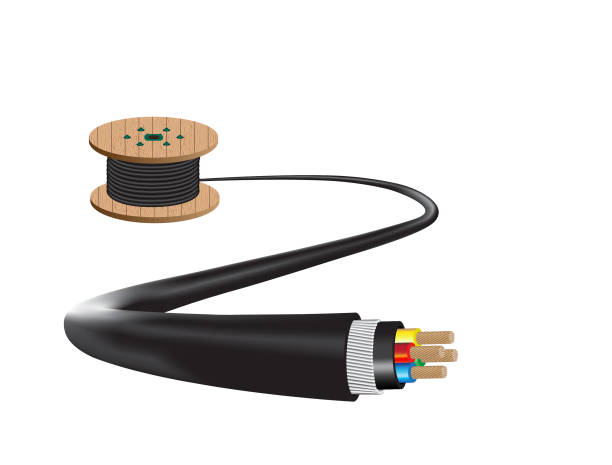
Features and Benefits
Outdoor cables offer excellent attenuation performance over a wide range of temperatures, resist water ingress, have rugged constructions to resist ultra-violet light, and tolerate a wide range of mechanical forces, crush resistance, corrosion resistance, and tensile resistance. In addition, Outdoor cables provide fast transmission speed and long distances, good confidentiality, anti-electromagnetic interference, good insulation, good chemical stability, long life, and low loss.
Outdoor Cable Types
Based on applications, the outdoor cable includes aerial cable, direct buried cable, and duct cable.
Aerial Cables: Aerial cables are suspended from poles or pylons or mounted on buildings. Some are self-supporting, requiring no separate messenger wire between poles to support the cable’s weight.
Direct Buried Cables: In the absence of duct infrastructure, cables can be buried directly into the ground in a trench or using a vibratory plow.
Duct Cables: Duct cables (or conduits) offer a highly protective environment for fiber-optic cables. They are typically buried, and then the cables are air-blown, jetted, pulled, or pushed into the duct.

Based on cable structure, the outdoor cable includes loose tube cable, ribbon cable, micro cable, and drop cable.
Loose Tube Cable: Loose tube cable provides stable performance over a wide temperature range, small, high fiber count cables, and is compatible with any telecommunications-grade optical fiber. Loose tube cable is made with loose tubes filled with gel or water-absorbent powder to prevent harm to the fibers from water. This cable is composed of several fibers together inside a small plastic tube, which is in turn wound around a central strength member and jacketed.
Ribbon Cable: Ribbon cables offer higher fiber counts and greater fiber density than any other cable construction designed for the outside plant (OSP), four times the highest-fiber-count loose tube cable. It also enable mass-fusion splicing, whereby each 12-fiber ribbon can be spliced in a single, straightforward procedure. This facilitates fast network installation and restoration after cable cuts.
Micro Duct cable: The micro duct is the miniaturized plastic conduit that subdivides internal duct space into smaller compartments into which micro cable can be installed by blowing, jetting, or pushing.
Drop cable: Drop cable is the cable that runs from the distribution point or cable to the subscriber/user.
Underwater Cable: The casing material has good hydrolysis resistance and high strength; the cable paste is filled to provide key protection for the optical fiber.
Armored Cable: Armored cable is a kind of outdoor cable with protective armor wrapped around the fiber cable core. The armor is mainly used to protect the cable from animal bites, moisture erosion, or other damage. Armored cable is designed to withstand crush, pressure, and rodent issues, and provides high flexibility and durability when used in harsh environments or limited space.
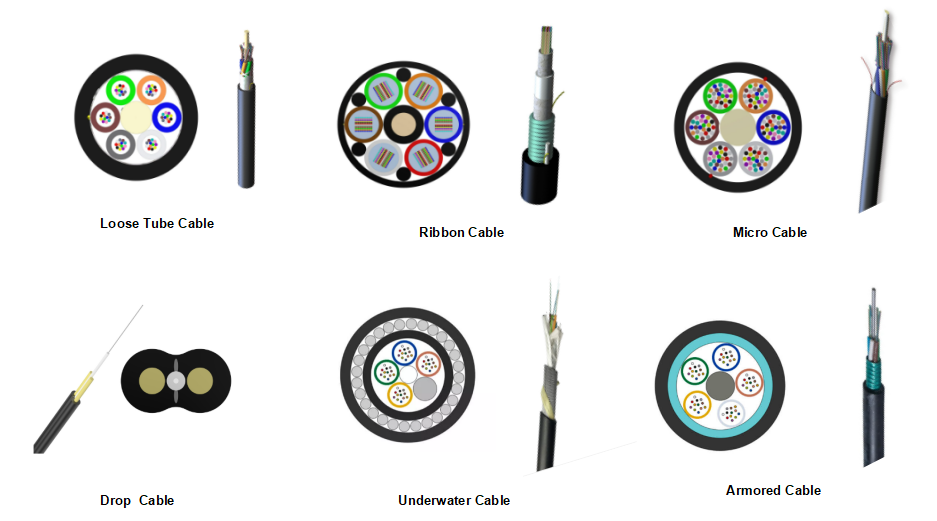
Applications Scenarios
Outdoor cable is used in campus inter-building backbone distribution, long-haul networking,outdoor transmission line for optical communication in the core network and metropolitan area network (MAN), optical communication outdoor feeder and wiring in the access network, local area networks (LAN) backbones and data centers.
Conclusion
Outdoor cables are suitable for outdoors. It is durable and can withstand wind, sun, cold, and ground. The outer jacket is thick, with mechanical and environmental characteristics such as pressure resistance, corrosion resistance, and tensile resistance. Sun Telecom provides a wide range of options for high-quality outdoor cable products to the global market.


 Position :
Home>
News & Tutorial
>Products
Position :
Home>
News & Tutorial
>Products




 Position :
Home
>Products
Position :
Home
>Products

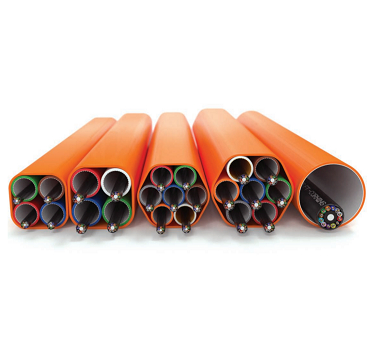
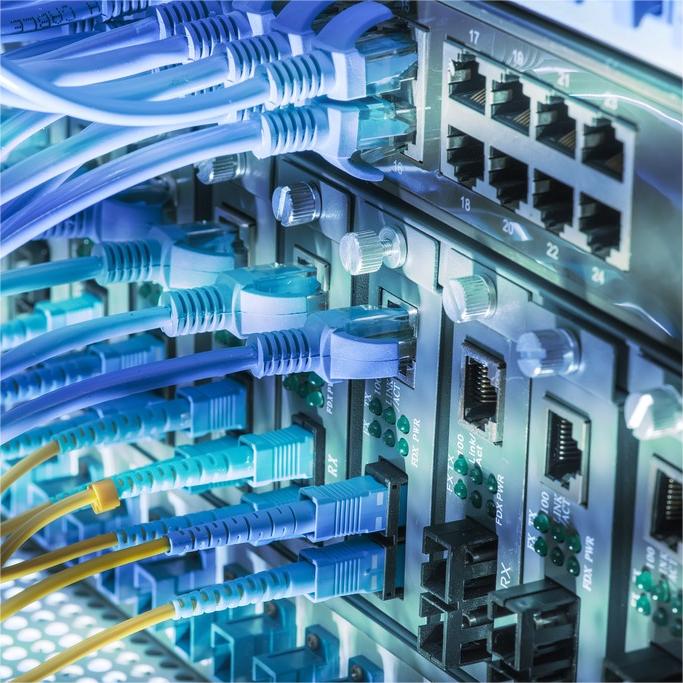
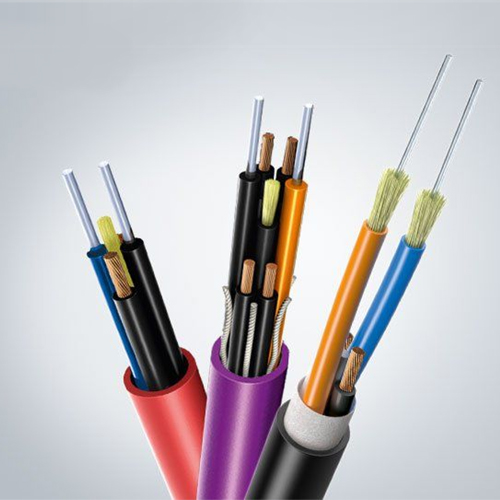
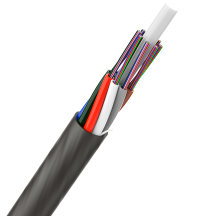


 ics@suntelecom.cn
ics@suntelecom.cn  +86 18964888554
+86 18964888554 Building No.145, Lane 666 Xianing Road, Jinshan Industrial Zone, Shanghai 201506, China
Building No.145, Lane 666 Xianing Road, Jinshan Industrial Zone, Shanghai 201506, China